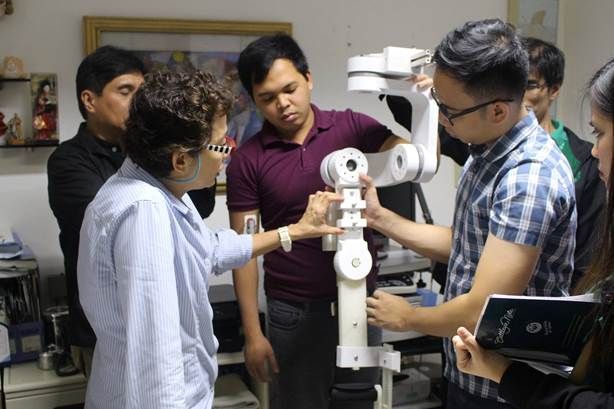These inventors have proven that science and technology continue to thrive in the Philippines. With support and recognition, their brilliant ideas could help alleviate many of the country’s problems.
If you’re a frequent user of social media, you may have come across articles that praise Filipino inventors who proudly present their works in the hopes of helping our country. Now more than ever, we must give our fervent support to the brilliant minds that encourage us to think outside the box. We can do so by frequently recognising their efforts, encouraging more visionaries to present their works, and reaching out to authorities who could fund these fruitful projects.
Read also: A Portable Solar-Powered Water Distiller Wins The Lexus Design Awards 2021
1. Solar Window by Carvey Ehren Maigue

Carvey Ehren Maigue is a 27-year-old BS Electrical Engineering student from Mapúa who successfully converted damaged crops into a solar window. His invention, AuREUS, was inspired by how the Aurora Borealis is formed. Aureus makes use of a substrate (a live substance that produces a chemical reaction) that converts UV light into visible light.
For his work, Maigue was able to bag the prestigious James Dyson Award, which is given to students who excel in “designing things that solve the world’s problems".
According to Maguie, his invention also aims to help farmers whose crops are affected by typhoons that heavily hit the country every year. He says, “Since the particles used in the substrate can be derived from waste fruits and vegetables, we are giving the farmers another way to recover their losses even if their crops get wasted.”
Related: Interview with Carvey Maigue, the Filipino Inventor of the AuREUS System








